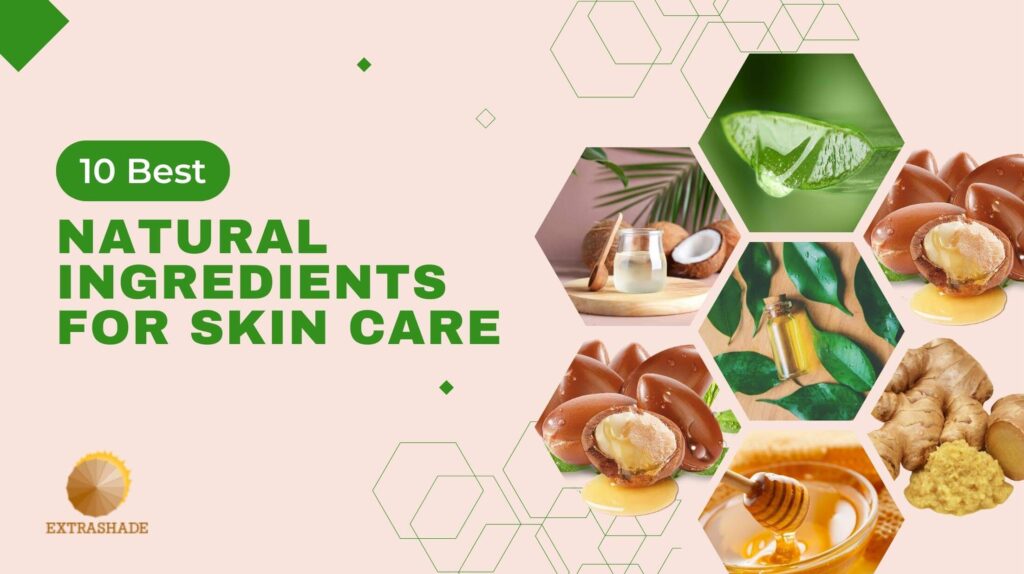
Sunscreens have existed since the 1940s. You may remember seeing images of life guards with a white material painted on their noses. This was zinc oxide, among the first sun blocking compounds. Throughout time, scientists have made several improvements in developing sunscreens. In the 1950s, the SPF scale was developed. This allowed for scientists to gauge the quantity of ultraviolet B radiation (UVB) that was being blocked. For the last twenty years, scientists have been working diligently to improve sunscreens’ ability to block ultraviolet A radiation (UVA) as well.
What’s SPF?
SPF stands for Sun Protection Factor. It is a measure of how much ultraviolet B radiation that is certainly being obstructed. This is determined by quantifying the total amount of light required to cause a sunburn. SPF will not quantify the total amount of ultraviolet A radiation being obstructed.
A SPF of 30 means your skin is not going to burn until it’s been exposed to 30 times the quantity of solar energy that would ordinarily cause it to burn.
So a higher SPF is better, correct?
The American Academy of Dermatology currently recommends that you utilize a sunscreen with a SPF of 30 or higher. The advantage of SPF’s which are higher than 30 are questionable in reference to UVB protection.
With that said, you will typically see products with SPF’s of 50, 70, 85, and even 100 on the market. This is could be viewed as a marketing tactic to correlate higher SPF with higher protection. SPF 30 provides 97% and no formulations will provide 100% protection.
What is the dissimilarity between UVB and UVA light?
UV light is the radiation from the sunlight that causes damage to your skin. UVC ranges from 100nm to 280nm, and many of UVC is obstructed by our ozone layer. UVB ranges from 280nm to 320nm. UVB has been proven to be carcinogenic (causes skin cancer), and UVB causes sunburn. UVA has undoubtedly been implicated in photoaging of the skin (wrinkles, sunspots/hyperpigmentation). Now there are several studies suggesting that UVA also has a role in causing skin cancer.
So what quantifies a sunscreen’s ability to block UVA?
This really is the big question right now. There are several experimental tests that can quantify sunscreens’ ability to block UVA. PPD (Persistent Pigment Darkening) is a commonly employed measure foreign to quantify a UVA blocking. Now, the FDA in the USA is assessing a 5 star rating system for UVA protection.
I get a rash every time I wear sunscreen, am I allergic?
It’s not uncommon for individuals to be allergic to a part of the compound blocking sunscreens.
Physical obstructing sunscreens have existed for a long time (zinc oxide, titanium dioxide). Think of these behaving like a physical barrier (like clothes) between you as well as the sun. They’re generally not absorbed in the skin, and consequently, may be oilier. Physical obstructing sunscreens do a very good job at blocking both UVA and UVB radiation, but their popularity hasn’t taken off because of the white deposits and greasiness that they have.
Chemical obstructing sunscreens have not been around as long. More generally, today’s sunscreens have ingredients such as Avobenzone, oxybenzone, homosalate, octocrylene, etc. The advantages of substance blocking sunscreens is that their vehicles are generally much less greasy and they do not leave a chalky residue. The UVB blocking of chemical sunscreens is very good.
So what exactly are your recommendations for an excellent sunscreen?
To start, find a sunscreen that you enjoy. If you don’t enjoy it, you will not wear it. If you don’t wear, then there is no gain.
Reapply sunscreen every 2 hours that you are outside.
If you despise greasy sunscreens, attempt to find a desirable moisturizing lotion.
If a tube of sunscreen is lasting you the entire summer, you most likely aren’t using enough.
Finally, when you have any uncertainties about sunscreen selection, contact your local dermatologist. The best aim here would be to control hyperpigmentation and prevent skin cancer.

